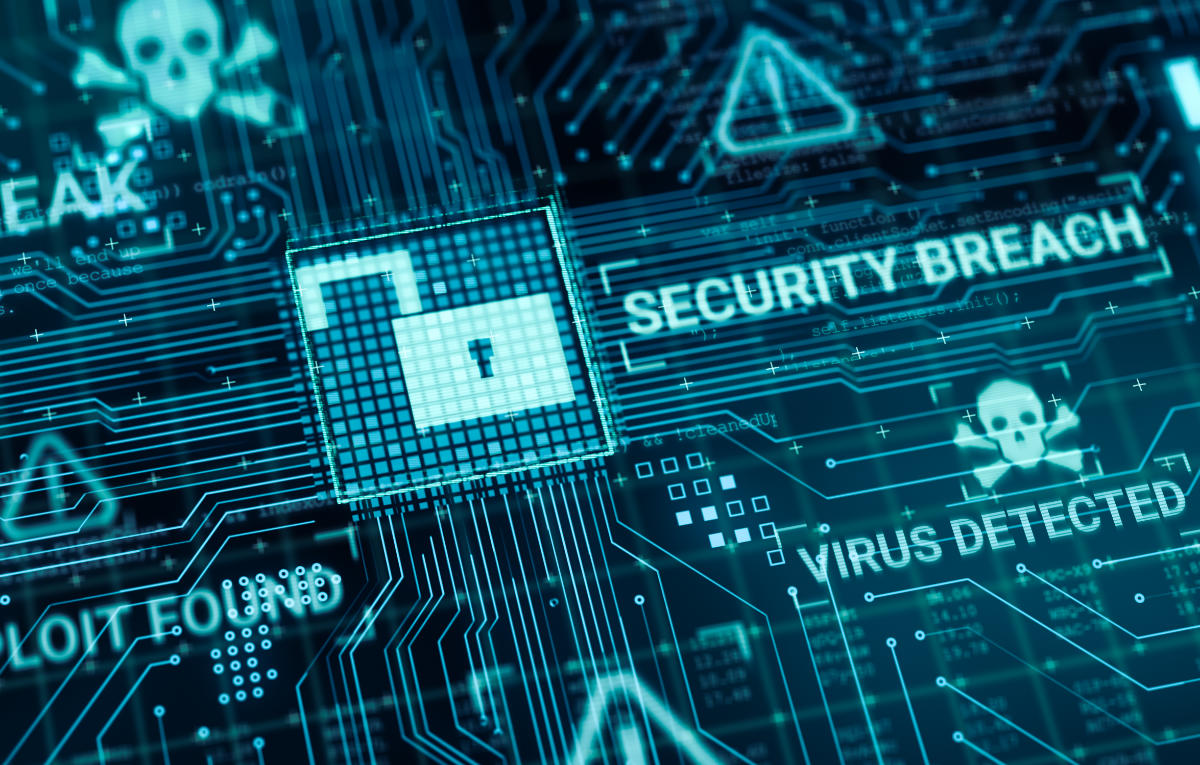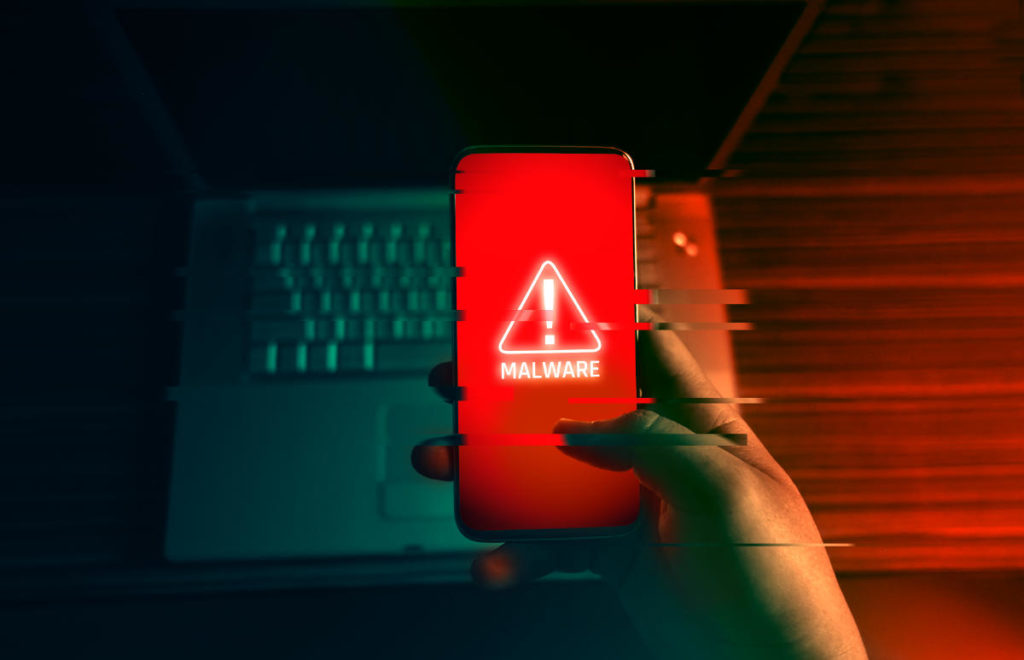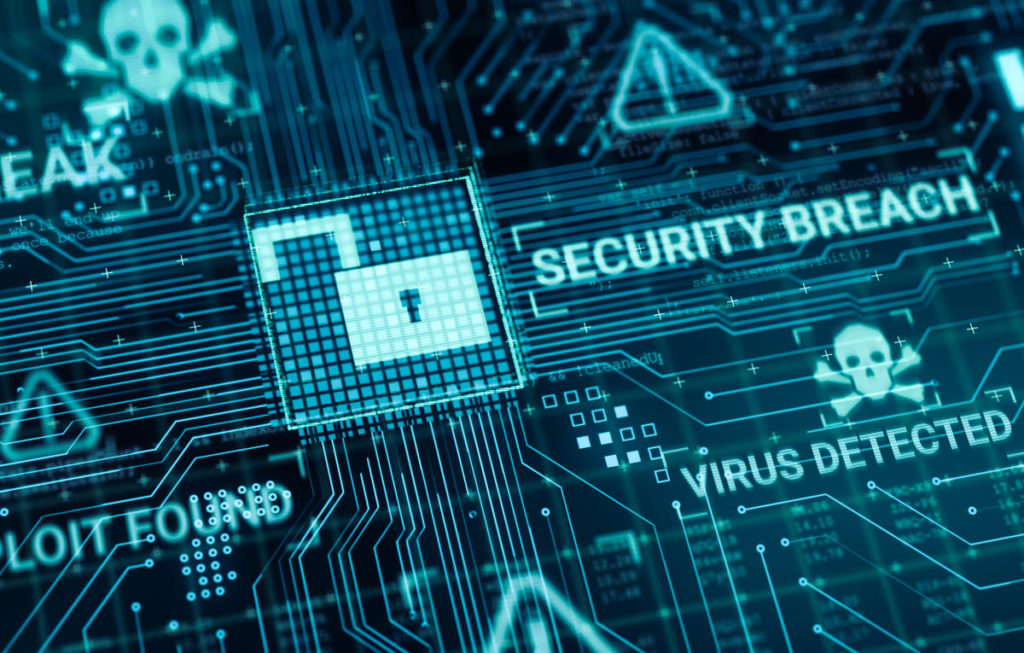 Giacomo Lanzi
Giacomo Lanzi
What is really a cyber threat
Cyberattacks are numerous and do not distinguish between companies and individuals when targeting a target. You’ve most likely heard the term “cyber threat” in the media before, but what exactly are we talking about? Other ways you may have heard this are “cyberthreat”, “cyberattack” or similar.

What is a Cyber Threat?
Today the term “cyber threat” is used predominantly in the world of information security.
A cyber threat is a malicious act conceived with the purpose of damaging systems, stealing data or any purpose that has the purpose of causing damage of any kind. Viruses, data breaches and DDoS attacks are included. Even if the threat is virtual, what is real is the attacker’s intent as well as the potential impact. While many cyberattacks are mere nuisances, some are quite serious. Some even potentially threaten human lives.
The potential impact that these kinds of attacks can have is often underestimated. Most of the time, the attacks are easily identifiable and do not pose much risk. Instead, other times it happens to come across some more sophisticated threats, difficult to identify, which represent a big problem even for many companies.
Cyber threats are a major concern for businesses. Cyberattacks can lead to power outages, government equipment failures, and breaches of state secrets. They can manipulate telephone and computer networks or, as in the case of ransomware, they can cripple entire systems by making data inaccessible.
Every day new companies and organizations set foot in the digital world with awareness of the risks associated with their technological infrastructures. In some cases, cyber threats are underestimated and this often means great economic and image damage for the company that has underestimated cyber threats and security.
The increase in IT-related risks is real, as are data security solutions. The best thing to do is to take the necessary safety measures right away.
Types of Cyber Threats
The types of cyber threats are numerous, and it must also be considered that they are constantly evolving. The intent of hackers is usually to secure an economic gain by carrying out sabotage, espionage or data theft operations. As a result, they can be expected to do everything possible to achieve their ends.
Virtually every cyber threat falls into one of the following ten types of risks. Hackers have an abundance of options to choose from in order to operate. Furthermore, computer literacy is all in all poor, so hackers often have an easy time, especially for small local realities.
The 10 most common types of computer threats
Malware
It is a type of software that executes a malicious command on a device or within a computer network, corrupting data or taking control of the system.
Phishing
Phishing is an e-mail attack that consists of tricking the recipient into revealing confidential information or inviting him to download malware by clicking on a link in the body of the message. These are real scams, which we have talked about extensively in other articles. Often they don’t even involve great IT skills on the part of the attacker, just a little social engineering.
Vishing
Vishing is a more sophisticated form of phishing in which the hacker uses VoIP technology to contact the victim, attempting to trick them. There is also a variant that instead uses text messages to attack, it is called smishing.
Man in the Middle
As the name suggests, this type of attack refers to when a hacker intervenes in a conversation posing as one of the two parties, with the aim of stealing sensitive information. What we often don’t think about is that the conversation is between two machines and therefore not immediate to monitor.
Trojan viruses
The origin of its name is inspired by the famous Trojan Horse of ancient Greece. Trojan is a type of malware that infiltrates a computer system by hiding its true nature. For example, it could impersonate known software and then release malicious code once inside the host device.
Ransomware
Ransomware is an attack that uses encryption to make information on a system inaccessible. The aim is to demand a ransom in exchange for being able to access the data again. Possibilità che a volte, in realtà, non è nemmeno assicurata.
DDoS attack
It occurs when the attacker uses many devices to overload a target, such as a website, with requests, causing it to crash or become instabilities.
Attacks on IoT devices
This is an increasingly popular attack due to the nature of the targets. Devices such as sensors or industrial plants connected to the network are vulnerable to multiple types of cyber threats. The hacker could take control of the device and then later use it in a DDoS attack. Alternatively it could steal the information present in the device itself obtaining important data to continue the attack. Given their number of frequently out-of-date operating systems, IoT devices are a very attractive target.
Malware in mobile applications
Phones and tablets are just as vulnerable to malware as any other device. È possibile inserire malware all’interno di app, nei siti web o nelle e-mail sfruttando il phishing. Once compromised, a mobile device can provide access to personal information, location data, and financial accounts.
A recent example of this type of eventuality is Pegasus software, which is used to monitor and collect data from journalists around the world. (Source: The Guardian)
Practical defense and prevention solutions
Cyber threats are always expanding and improving. Millions of them are created every year, many of them follow the aforementioned characteristics, but others are technologically more complex and more powerful.
Fortunately, however, there are also more and more highly qualified companies in the field of IT security that offer cutting-edge tools and services that help prevent, identify and promptly block all kinds of IT attacks.
Threat detection tools
Threat detection tools are an essential part of a company’s cybersecurity technology stack. Threat detection is also the first defense against any Cyber Threat.
Specific solutions, such as the use of a SOCaaS, for example, are of vital importance for safeguarding an IT infrastructure, thanks also to the integration of the SIEM engine which includes UBA and UEBA, guaranteeing complete control also over the users.
Another useful tool is definitely ACP. Acronis Cyber Protect is a solution that integrates data protection and management to safeguard your endpoints, data and systems. Its automation capabilities provide unparalleled protection, enabling businesses to increase their productivity and reduce risk.
Vulnerability Assessment & Penetration Test (VA-PT)
Services like VA & PT are field tests that test the infrastructure in a concrete context. Our teams of white hat hackers find vulnerabilities within the system to point the finger at weaknesses to fix.

Conclusions
We have learned what a cyber threat is and its most common types, also discovering which solutions can be adopted in order to guarantee better corporate and employee safety.
What countermeasures has your company taken to protect your safety? If you would like more information about it, you can contact us by pressing the button below. We offer ad hoc services and solutions to strengthen corporate defenses.
Useful links
Customers
Twitter FEED
Recent activity
-
SecureOnlineDesktop
Estimated reading time: 6 minutes L'impatto crescente delle minacce informatiche, su sistemi operativi privati op… https://t.co/FimxTS4o9G
-
SecureOnlineDesktop
Estimated reading time: 6 minutes The growing impact of cyber threats, on private or corporate operating systems… https://t.co/y6G6RYA9n1
-
SecureOnlineDesktop
Tempo di lettura stimato: 6 minuti Today we are talking about the CTI update of our services. Data security is… https://t.co/YAZkn7iFqa
-
SecureOnlineDesktop
Estimated reading time: 6 minutes Il tema della sicurezza delle informazioni è di grande attualità in questo peri… https://t.co/tfve5Kzr09
-
SecureOnlineDesktop
Estimated reading time: 6 minutes The issue of information security is very topical in this historical period ch… https://t.co/TP8gvdRcrF
Newsletter
{subscription_form_1}© 2024 Cyberfero s.r.l. All Rights Reserved. Sede Legale: via Statuto 3 - 42121 Reggio Emilia (RE) – PEC [email protected] Cod. fiscale e P.IVA 03058120357 – R.E.A. 356650 Informativa Privacy - Certificazioni ISO












